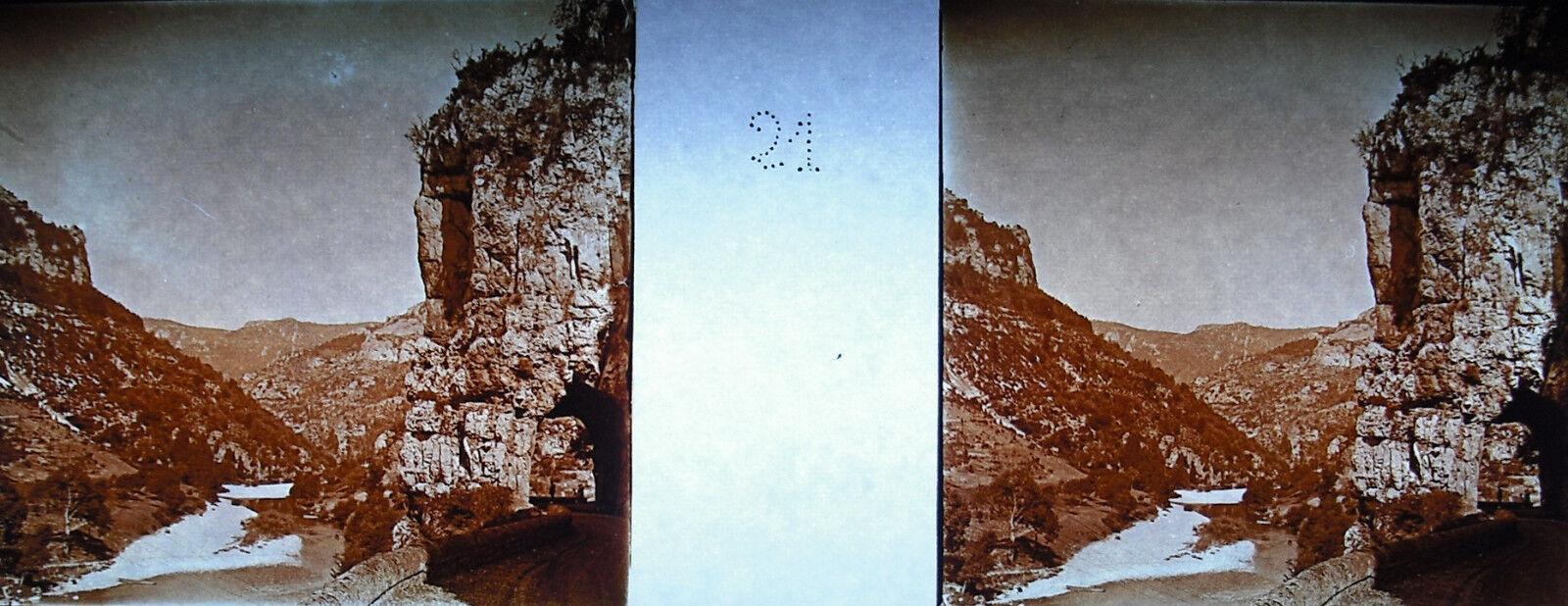-40%
Plate Photo Stereoscopic Photography Bra Of Tarn Towards
$ 5.79
- Description
- Size Guide
Description
ph32Dimensions
: 10.5cm by 4.5cm
Glass stereoscopic plate
e
.
Quick and neat delivery .
The gorges are dug in secondary limestones which start from the Bajocian at the base (dolomitic bars), continue through the lower Bathonian above, characterized by an inclined slope, and finally end in large vertical cliffs (Bathonian dolomite and Upper Jurassic dolomite). This relatively simple architecture characterizes the downstream part of the gorges (between Les Vignes and Le Rozier) but upstream, the presence of faults (Hauterive fault, Ste Enimie submeridian accident which also crosses the entire Causse Méjean) makes the geology there more complex. It is these faults which are precisely at the origin of two exsurgences with a very high flow in the region of Ste Enimie: the source of Burle and the source of Coussac, the latter falling in Cascade in the Tarn1. These sources seem to drain a large part of the Causse de Sauveterre, while on the other side of the river, the exsurgence of Castelbouc, also very powerful, drains a large part of the Causse Méjean (as far as the Aven de Hures). There are also other more or less abundant resurgences all along the Tarn (about forty have been counted) including that of Cénaret in Saint Chély du Tarn which has the particularity of feeding a small underground lake (30 m in diameter and eight meters deep) in the cave of the same name.
The Gorges du Tarn region has also been affected by Quaternary volcanism, traces of which can be found in two places1. The first evidence of this volcanism is a little away from the gorges and is located in Sauveterre on the causse of the same name and takes the form
The gorges are dug in secondary limestones which start from the Bajocian at the base (dolomitic bars), continue through the lower Bathonian above, characterized by an inclined slope, and finally end in large vertical cliffs (Bathonian dolomite and Upper Jurassic dolomite). This relatively simple architecture characterizes the downstream part of the gorges (between Les Vignes and Le Rozier) but upstream, the presence of faults (Hauterive fault, Ste Enimie submeridian accident which also crosses the entire Causse Méjean) makes the geology there more complex. It is these faults which are precisely at the origin of two exsurgences with a very high flow in the region of Ste Enimie: the source of Burle and the source of Coussac, the latter falling in Cascade in the Tarn1. These sources seem to d









